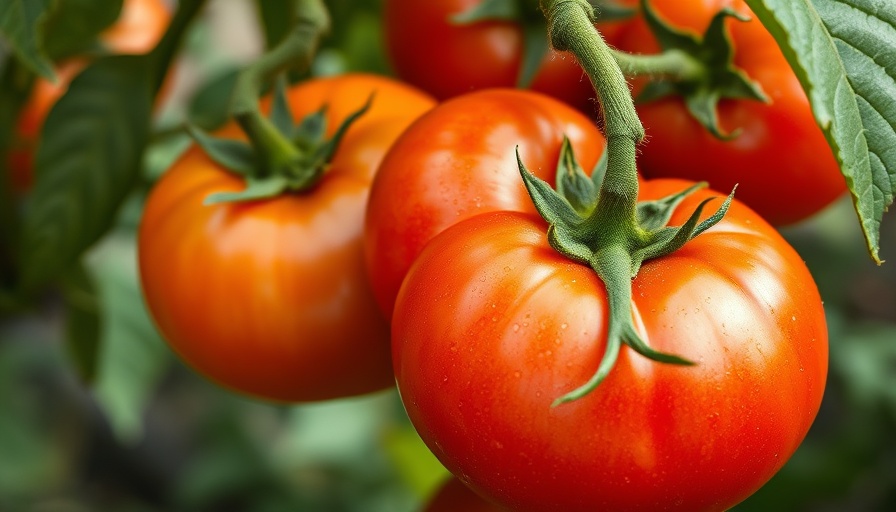
Why Choose Supersweet 100 Tomatoes for Your Garden?
When it comes to cherry tomatoes, few can rival the popularity and sweetness of ‘Supersweet 100’. Known for their incredibly sugary flavor and prolific yields, these tomatoes are a favorite among gardeners looking to add a burst of sweetness to their culinary creations. Originally developed from the ‘Sweet 100’ variety in the 1980s, Supersweet 100 tomatoes typically produce up to 100 fruits each, with the potential to yield as many as 500 tomatoes per plant in ideal conditions. For those interested in maximizing their gardening efforts, this cultivar promises not just delicious fruit but also a rewarding gardening experience.
How to Successfully Grow Supersweet 100 Tomatoes
Growing Supersweet 100 tomatoes requires proper care and attention to detail. Here are some essential tips:
- Planting Location: These plants thrive in full sun, so select a spot in your garden that receives at least 6-8 hours of sunlight daily.
- Soil Preparation: Ensure your soil is well-draining, loamy, and slightly acidic with a pH between 6.0 and 6.8. Regularly amend the soil with compost to improve its nutrient profile.
- Watering Practices: Supersweet 100 tomatoes have high water needs, especially during dry spells. Water consistently to keep the soil moist but not waterlogged.
- Support Structures: Given their height, using stakes or cages will help support the plants and promote better air circulation, which reduces the risk of diseases.
Preserving the Harvest: Delicious Recipes to Try
The sweet, juicy flavor of Supersweet 100 tomatoes makes them perfect for a variety of culinary uses. Consider making:
- Fresh Tomato Salsa: Chop fresh tomatoes with onions, cilantro, and lime juice for a vibrant salsa.
- Caprese Skewers: Alternate cherry tomatoes with mozzarella and basil on skewers for a delightful appetizer.
- Sun-Dried Tomatoes: Preserve surplus tomatoes by drying them in a dehydrator or in your oven on low heat.
Dealing with Common Garden Pests
While Supersweet 100 tomatoes are relatively resilient, they can be susceptible to common garden pests like aphids and tomato hornworms. Employ the following strategies to keep your plants healthy:
- Companion Planting: Plant herbs like basil and marigolds nearby to deter pests naturally.
- Organic Pesticides: Utilize neem oil or insecticidal soap to control infestations without harming beneficial insects.
Future Trends: Beyond Just Tomatoes
As urban gardening continues to gain popularity, there’s a growing trend towards cultivating diverse plant varieties in smaller spaces. Supersweet 100 tomatoes can be a part of that movement, fitting well into container gardening or raised garden beds, making them accessible to even the most space-constrained gardeners. The emphasis on organic gardening principles and sustainable practices ensures that home gardeners are now more focused than ever on producing their own food safely and healthily.
Conclusion: Your Gateway to Gardening Success
Incorporating Supersweet 100 tomatoes into your vegetable garden is a fantastic decision that promises abundant rewards. With their delightful sweetness and impressive yields, these cherries not only enhance your meals but also offer a fulfilling gardening journey. Explore the possibilities, share your gardening experiences, and contribute to a sustainable lifestyle by growing your own fruits and vegetables.
Good luck, and may your garden flourish!
 Add Row
Add Row  Add
Add 




Write A Comment